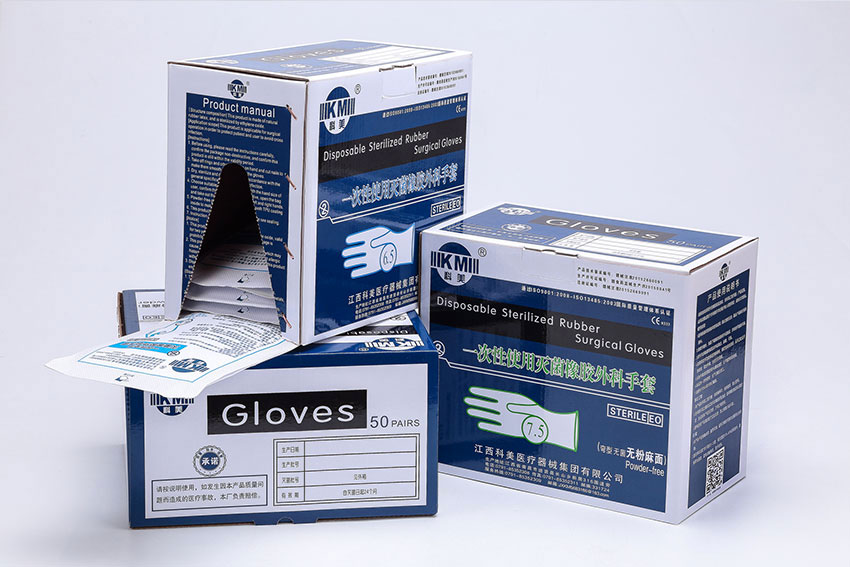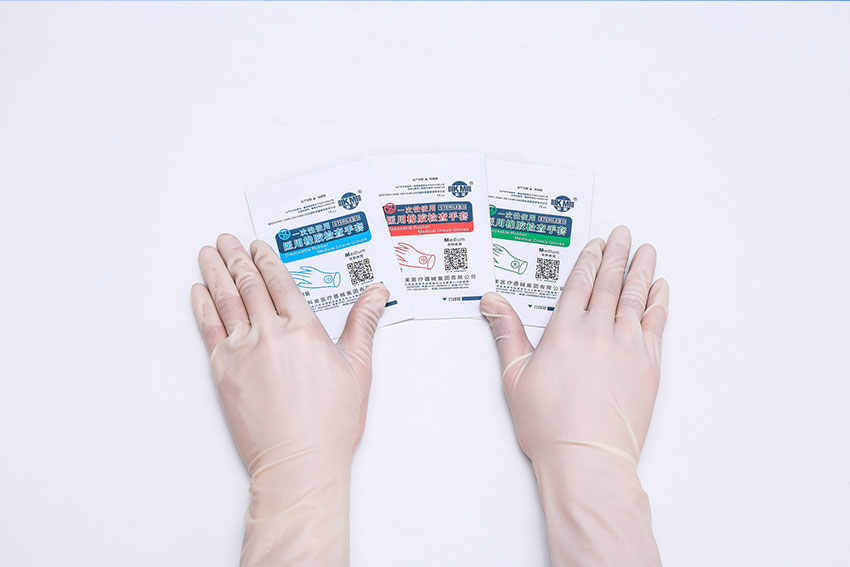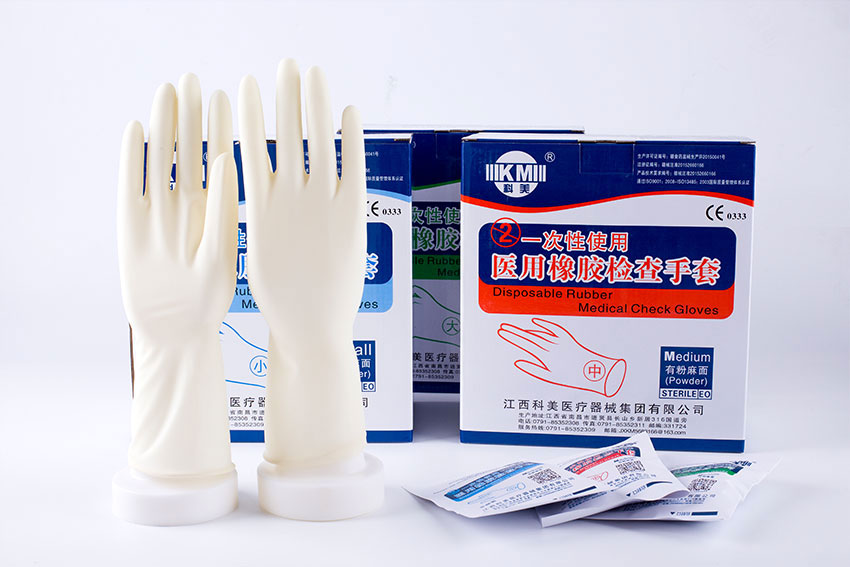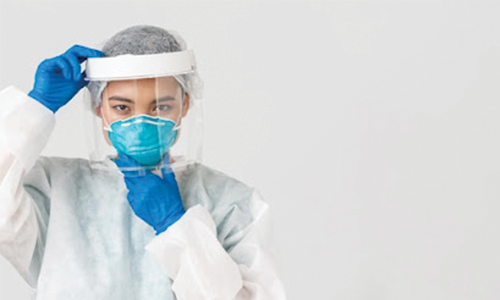
Face shields are a kind of personal protective equipment (PPE) made to shield the wearer’s face from certain threats. Depending on the type, a face shield can protect its wearer from physical risks, energy or radiation, chemical splashes, and biological hazards.
A medical face shield is comprised of a headband that secures the shield to the wearer’s head and a flat or curved barrier that prevents threats from reaching the wearer. In many instances, the shield is attached to the headband by a hinge that allows the wearer to pull the shield aside from their face without removing it.
What Is A Clear Face Shield?
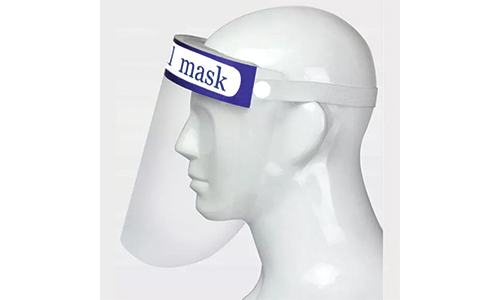
Thin plastic face shield covers, known as the clear face shield, are worn in front of the face to protect the wearer from sneezes, coughs, and other sources of respiratory secretions. Masks and face shields are the first line of defense against community-wide dissemination of COVID-19, despite the fact that the virus is thought to be at least partially airborne.
When combined with a mask, a transparent face shield provides additional protection against inhalation of aerosol particles that are too large or too moist to pass through the mask, such as those produced during a cough or sneeze. Essential personnel who may come into close contact with positive patients or who are exposed to them for extended periods would benefit greatly from this safeguard.
The general public, not only those in hazardous occupations, is free to utilize a clear full face shield. They are especially helpful for addressing gaps in personal protective equipment (PPE) supplies because they are cheap and may be used repeatedly.
What Does A Face Shield Do?
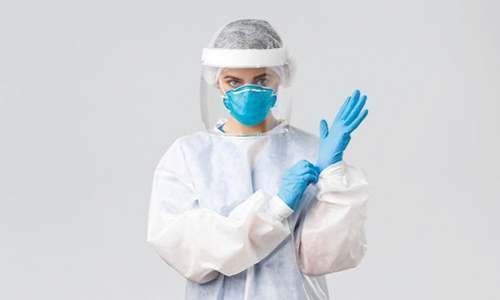
Protecting one’s eyes and face from germs, face shields are made of curved plastic. Dentists use them for cleaning patients’ teeth and other medical treatments where “splash or spatter is likely.” In the realm of hardware and home improvement, shields are also commonly utilized for protection purposes.
However, face protection can help lessen the likelihood of contracting COVID-19. According to McKnight, face shields can prevent harmful viruses from entering the body through the nose, mouth, and eyes.
By covering the face, one can reduce the spread of germs when coughing or sneezing. As a result, individuals will be able to reduce the likelihood of it spreading to those around them
Wearing a face mask reduces the possibility of touching your face with dirty, germ-filled hands. Protective face masks are typically disposable, although they can be reused after being cleaned with mild soap and water.
Along with other preventative measures like wearing a face mask, maintaining an appropriate distance from others, and often washing hands, they can help keep individuals safe from COVID-19. Shields can’t replace face masks since they don’t mold the face and keep out respiratory droplets. A disposable face shield is not an adequate substitute for a disposable face mask, according to the experts.
Why Face Shield Is Important?
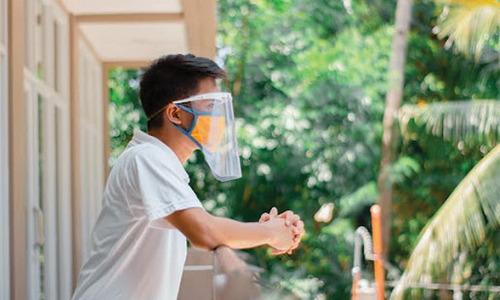
Also, if workers can’t get far enough away from others, they should wear face protection. Face shields are often employed in hospitals and other places when personnel is at a high risk of exposure to the virus that the use of a respirator (such as an N95 mask) alone does not provide sufficient protection against the contagion.
The face shield’s major function in such situations is to prevent the virus from contacting the wearer’s skin and, in the worst case scenario, entering the body through the eyes. Face shields are typically worn in addition to a face mask since they do not provide adequate protection against COVID-19 on their own. Wearing them over goggles is an option as well.
A face shield will guard the eyes against debris, unlike a full face mask. The wearer of a face shield is protected from potential viral transmission by preventing water droplets from making direct contact with his or her face. Therefore, it can be concluded that face shields add an extra layer of security for the user.
Wearing a face shield might serve as a visual reminder to keep hands away from the face, eyes, and hair. This will keep their face from being contaminated by germs or water droplets on their hands. A face shield, like a face mask, has a specific technique of being worn and removed.
Advantages Of A Plastic Face Shield
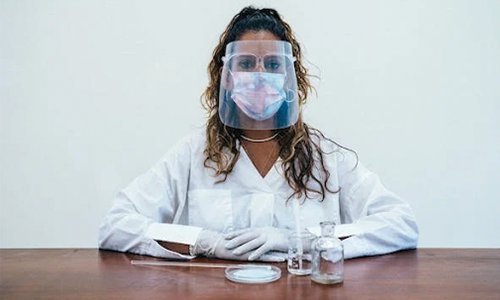
Face shields provide the wearers with several important benefits, including the following:
- Effective Protection: Face shields offer protection against infectious agents because they prevent airborne particles from entering the face and eyes, two areas of the face (Learn: PPE to Protect Against Eye and Face Hazards) that are frequently not covered by other types of personal protective equipment (PPE). Additionally, face shields prevent their wearers from touching their faces, further preventing the transmission of infectious agents to the face, which is an entry point for the body that is relatively unprotected.
- Reusable: Face shields can be safely cleaned, allowing for continuing protection to be provided by a single shield even after multiple cleanings.
- Comfortable: Face shields are designed to be worn for extended periods without causing discomfort because they are not only lightweight but also padded and ventilated. In addition, unlike masks, face shields do not cause glasses to fog up, which is a common complaint heard in connection with masks.
- Improves Communication: Masks are used to hide facial features and suppress the voice to facilitate communication. It may be easier to communicate if a face shield is worn instead of a mask in situations when it is safe to do so. This is especially true for those who have hearing impairments and must rely more largely on facial clues for comprehension.
The Disadvantage Of The Plastic Face Shield
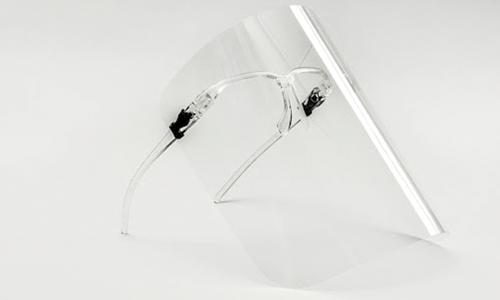
Studies have shown that while face shields provide more protection for the wearer, they are not as effective as masks in protecting bystanders. Real Covid-safe PPE needs to protect others around us from germs that may spread, and the gaps in face shields give more paths for hazardous droplets to take on their journey to new hosts, so they are not just effective at keeping the eyes, nose, and mouth safe.
The plastic face shields are too loose to provide adequate protection. Virus-infected droplets that are too small to get through the top or bottom of the shield can nevertheless infect the person. These masks do not filter the air being inhaled. Although wearing a face shield to work offers some protection, it may limit the range of motion or cause due to the loss of some dexterity. The main issue is that many face shields pick up glare from sunshine, and some face shields fog up after short periods of work, thus they don’t provide the best viewing platform.
What Is The Use Of A Transparent Face Shield?
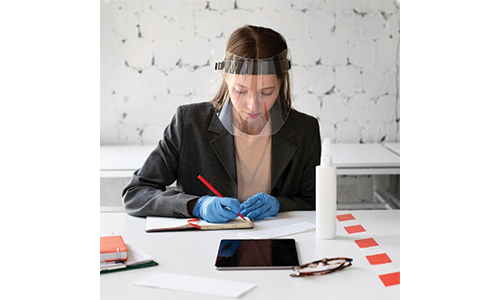
Millions of people could benefit from using face shields, including medical professionals, dentists, veterinarians, scientists, first responders, firefighters, and janitors who deal with hazardous materials.
Face Shields In The Laboratory
As a face shield is not 100% effective in protecting the eyes, additional eye protection is required (goggles for chemical splash hazards, glasses for particulate and flying debris hazards). A face shield is an essential piece of PPE for every laboratory worker, as it is required for use throughout many different processes. Laboratory management usually purchases medical gloves bulk to add extra security for the entire staff.
When working with liquid nitrogen, for instance, it is important to wear face protection and protective eyewear at all times. The principal investigator (PI) of a lab is responsible for providing face shields to the staff if they are considered necessary PPE.
Clear Face Shield In Medical Use
Frontline rescuers who put their safety in danger to save others include those in the health care industry. For extra safety, medical staff treating patients with coronavirus use clear face shields in addition to their regular face masks. Protection shields for the face are standard equipment for many kinds of medical operations. This is the case during operations and other procedures where there is a risk of bone fragments, blood, or other bodily fluids entering the eyes, nose, and mouth. They are simple to put on properly and effectively repel rain.
When performing medical operations like intubation, the mucous membranes around the eyes of the caregivers are at risk of coming into touch with potentially toxic droplets, making face shields an essential piece of equipment in a healthcare context. It is a catch-all term for a range of medical equipment designed to protect a healthcare provider from bodily fluids during a procedure. Rescue breathing (or CPR) masks are a good illustration of this. Personal protection equipment, such as a face mask, is another method of preventing contact with harmful substances. Thus, high-quality face shields manufactured by wholesale plastic face shields manufacturers are utilized in the medical industry.
Face Shields In Maintenance And Repair Activities
Maintenance workers may use a variety of specialized face shields. It protects the face from harmful arc flashes with the Arc Flash Face Shield and also from harmful heat and radiation with a face shield. These face protectors are effective against burns since they block harmful UV and IR rays. The latex examination gloves china uses polycarbonate with proprietary coatings in their construction. A thin gold covering could be added, for instance, to boost reflectivity.
The UV and IR radiation that is emitted when dealing with molten metal can be blocked by using a shaded welding face shield. Because the COVID-19 virus can be transferred by feces and sewage, plumbers may choose to wear face shields in addition to goggles to protect their eyes and mouths from sewage splash.
Use Of Face Shields By Students And Teachers
Many teachers are looking for more direct methods to engage with pupils who are wearing masks in class while dealing with the pandemic. When using a mask is impractical or when it would be beneficial to see a person’s whole face in a learning setting, full-facial shields can be used instead.
Phonics is the study of how individual sounds—phonemes, diagraphs, and diphthongs—make up words. Some kids rely on being able to read the expressions on teachers’ faces to communicate with them, thus they must have the option to wear a face shield.
How Effective Are Clear Face Shields?
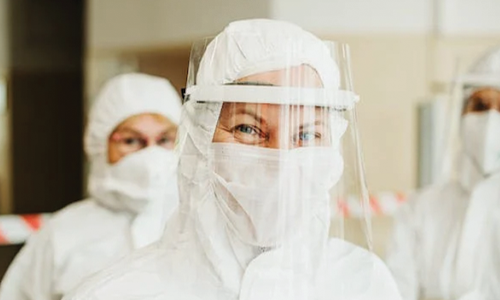
World Health Organization and CDC suggest that during certain procedures, healthcare personnel wear face shields in addition to face masks, gowns, and gloves. In a study conducted in 2014, researchers found that wearing a face cover for the two minutes following a cough reduced exposure to an influenza-infused aerosol by 96%.
The face shield made by top ppe manufacturers – Kemei, additionally cut down on respirator surface pollution by 97%. Unlike when wearing a mask, however, coughed-up droplets will not be trapped beneath the face shield. The clarity and durability of the face shield are directly proportional to the quality of the lens plate. When used for an extended time, low-quality, low-cost resources can cause dizziness and exhaustion due to their poor clarity.
What Are Face Shields Made Of?
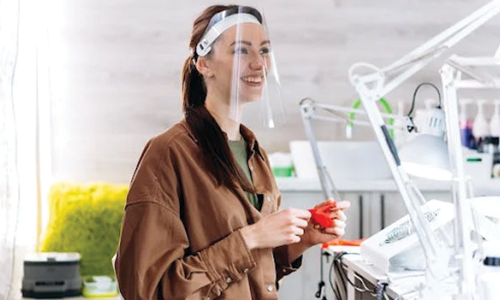
The headband for these face shields is made out of DPR 10, a digital production resin polymer developed by Carbon. Aside from being lightweight, this material may also be easily cleaned with a damp cloth. Thin sheets of polycarbonate, acetate, PET, or PET-G, or occasionally metal, are used to create the face shield. Usually, the strap that goes around the head is stretchy. The urgency of the manufacture means that the materials utilized in each face shield may be different.
Cleaning & disinfecting guidance for clear face shieldS
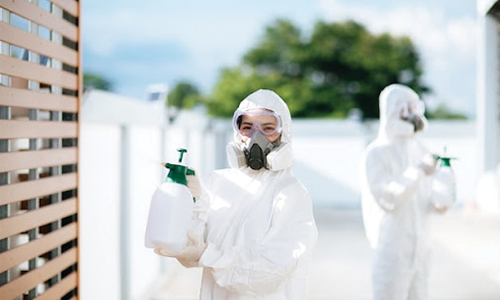
- To restore the shields’ cleanliness, just clean them with an alcohol wipe or a rinse with hot, soapy water.
- Submerge the face shield in warm water to remove particle matter without scratching the surface.
- Just a few drops of a moderate liquid dish detergent like Dawn will help break up the surface tension, allowing the soapy water to spread out evenly.
- The shield can be cleaned with a damp cloth or sponge.
- The shield should be washed in clean water and dried with a microfiber or cotton towel.
- Keep in mind that the same methods used to clean the germs off of the hands will work on the face mask.
- Using a surface disinfection wipe or spray may seem important, but keep in mind that they often leave a sticky residue that needs to be cleaned up afterward.
- It is essential to wash the face shield to remove the bioburden before disinfecting it with a 70% alcohol wipe, however, this is not necessary for other plastic surfaces.
- Also, different types of plastic are used to make different types of face shields, and some of these shields may become brittle or foggy after repeated use of alcohol or other disinfectants. The face shield’s shelf life could be shortened as a result of this.
- After cleaning, a wipe with 70% alcohol can be used to wipe down the headband.
- Cleaning specialty face shields should be done per the manufacturer’s instructions.
- Do not use ammonia-based or glass-cleaning chemicals on a face shield since they will damage the material. These types of cleaners can haze plastic surfaces irreparably.
- It is also not advised to use commercial cleaners like toothpaste that include grit.
- Don’t wipe the face shield with a paper towel—that will scratch it!
Things To Consider When Choosing A Plastic Face Shield
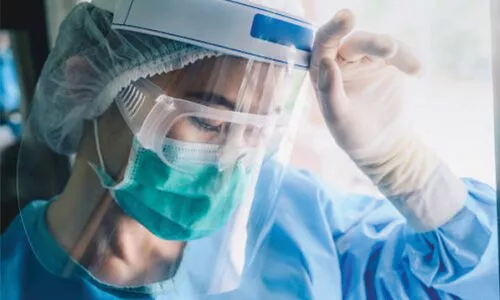
Face shields are translucent screens that shelter the eyes and face from debris, chemicals, and other potential dangers. The best face shield to wear depends on the nature of the exposure, the other PPE being worn at the same time, and the user’s visual requirements. When picking out a plastic face shield, it’s important to remember a few details. Following is a list of them:
Visor’s lenses
Face shield visors are usually constructed from tough materials such as polycarbonate, propionate, acetate, polyethylene terephthalate glycol (PETG), steel, or nylon mesh. When selecting a material, it’s crucial to think about how it will be used. Steel or nylon mesh allows for decent airflow and protects against impact with bigger things like wood debris, but it does not keep out smaller particles or gases like dust and vapors. Polycarbonate has the highest impact and heat resistance of all materials. It’s sturdy at subzero temperatures and shields against chemical splashes.
Comfort
Worker fatigue can be reduced by keeping the structure lightweight. The headgear also plays an important part in making sure the face shield has a snug fit. Typically, it has a bendable headband that can be tightened or loosened to change its circumference and a top band that can be moved to change its depth. The strength of the whole facepiece depends in large part on its depth.
Coating
This fogging business is more than just inconvenient; it may also be quite hazardous. Accident risk rises when the wearer’s vision is impaired by fogged lenses. Anti-fogging thin-film coatings often use polymers and hydrogels to combat condensation at both freezing and boiling points. This is accomplished by soaking up moisture and channeling any surplus away from the central lenses and toward the lenses’ periphery.
Repair And Maintenance
Protective face masks have the added benefit of being reusable. They keep the wearer’s hands off their face, which is a major perk, and they’re simple to clean after use. Discernable serial numbers, washability, and resistance to disinfectants are all features of reusable face shields.
Scratching is inevitable with polycarbonate face shields, so be careful when cleaning them. Polycarbonate can be damaged by various cleaning chemicals; therefore, it is suggested to use a solution of water and mild soap while cleaning the product.
Price
The cost is a major consideration. Be wary of deals that seem too good to be true; it’s not uncommon for counterfeit products to be widely distributed and sold.
Frame
There are many different types of frames available, from those that are adjustable to those that are not; from those that completely encircle the head to those that are worn like regular eyeglasses but have temple bars instead of lenses. Face shield visors can be attached to prescription eyewear using metal clip-on frames; some of these frames even have a flip-up visor for when it’s not in use. Several brands have interchangeable visors for their face shields with frames that may be removed. To feel secure and comfortable in the glasses, it is important to pick a good frame.
Conclusion

As a form of barrier protection for the goal of infection prevention, many workers often use face shields as part of their PPE. There is now no established norm for protecting one’s face and eyes against potential biological threats, and this shortcoming needs to be addressed without delay.
Face shields should not be used as standalone eye or face protection; rather, they should be worn in conjunction with other PPE to prevent exposure to harmful particles in the air (protective facemasks, goggles, etc.). Since there is currently a lack of information on how to effectively employ face shields for infection management, rigorous studies on the topic of PPE are warranted.
FAQ
1. What is the price of face shields?
Considering that you buy the face shields in bulk, then it might range from $.025 per piece to $0.70 per piece when purchased around a minimum of 500 pieces.
2. What is the best face shield?
Polymer material face shields are the best choice to make when it comes to choosing a face shield. They have a foam strip to cushion and protect the brow. These face shields, further offer a wide field of vision for medical workers while providing coverage, and aid in the prevention of the spread of infectious disease.
3. Wholesale clear face shield from reliable supplier
One of the top producers of plastic face shields that you can rely on is Kemei. They produce OEM face shields that provide the best face protection against all kinds of threats thanks to their years of experience, 100,000 cleanroom production, and ongoing analysis of industry requirements. Providing answers to face shield wholesale demands, they help to make the world a safer place.
It is great to rely on them if there is a need for a ready-made or customized face shield with the company’s logo. To assist with meeting wholesale needs for medical face shields (Check:Best Medical Face Shield), they have competent designers. Contact Kemei to get bulk pricing options.

